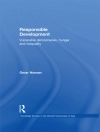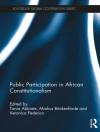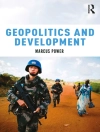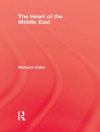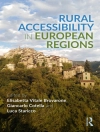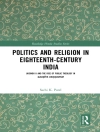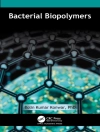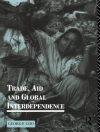The nineteenth century witnessed a dramatic shift in the display and dissemination of natural knowledge across Britain and America, from private collections of miscellaneous artifacts and objects to public exhibitions and state-sponsored museums. The science museum as we know it—an institution of expert knowledge built to inform a lay public—was still very much in formation during this dynamic period. Science Museums in Transition provides a nuanced, comparative study of the diverse places and spaces in which science was displayed at a time when science and spectacle were still deeply intertwined; when leading naturalists, curators, and popular showmen were debating both how to display their knowledge and how and whether they should profit from scientific work; and when ideals of nationalism, class politics, and democracy were permeating the museum’s walls.
Contributors examine a constellation of people, spaces, display practices, experiences, and politics that worked not only to define the museum, but to shape public science and scientific knowledge. Taken together, the chapters in this volume span the Atlantic, exploring private and public museums, short and long-term exhibitions, and museums built for entertainment, education, and research, and in turn raise a host of important questions, about expertise, and about who speaks for nature and for history.
Sobre el autor
Carin Berkowitz (Editor) Carin Berkowitz is the director of the Beckman Center for the History of Chemistry at the Chemical Heritage Foundation. She is the author of Charles Bell and the Anatomy of Reform and of a series of articles on anatomy, images, and objects published in Bulletin of the History of Medicine, BJHS, and History of Science. Berkowitz is an advisory editor for History of Science and Bulletin of the History of Medicine.Bernard Lightman (Editor) Bernard Lightman is distinguished research professor in the Humanities Department at York University and past president of the History of Science Society. He is the editor of Rethinking History and Science and Religion and coeditor of Science Periodicals in Nineteenth-Century Britain and Identity in a Secular Age. He also serves as a general editor for The Correspondence of John Tyndall and the Science and Culture in the Nineteenth Century series at the University of Pittsburgh Press.


